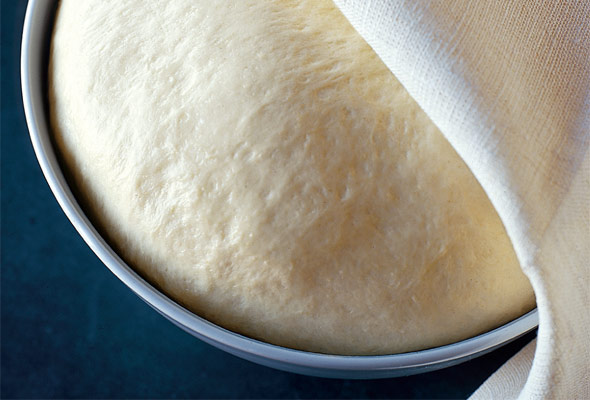Happy Lady
Registered
- Joined
- Jul 14, 2014
- Messages
- 60
- Likes
- 81
I think we all like what we are accustomed to eating. I don't really like the Argentine pizza as often the bottom crust is not cooked. Pizza Piola - thin crust is good, I think.
Usually, I make my own crust . 3 parts of white flour, 1 part of whole wheat, salt, yeast, a couple of tablespoons of olive oil and water. a bit of kneading and there it is. As for toppings, I just use a homemade fresh tomato sauce and , mushrooms,etc and cheese, the best that I can find. sometimes asparagus, grilled chicken, zucchine, etc. It's fairly easy to make pizza crust. I always make extra and freeze some of it. I know that lots of people work long hours so this probably is not an option for some.
Usually, I make my own crust . 3 parts of white flour, 1 part of whole wheat, salt, yeast, a couple of tablespoons of olive oil and water. a bit of kneading and there it is. As for toppings, I just use a homemade fresh tomato sauce and , mushrooms,etc and cheese, the best that I can find. sometimes asparagus, grilled chicken, zucchine, etc. It's fairly easy to make pizza crust. I always make extra and freeze some of it. I know that lots of people work long hours so this probably is not an option for some.


